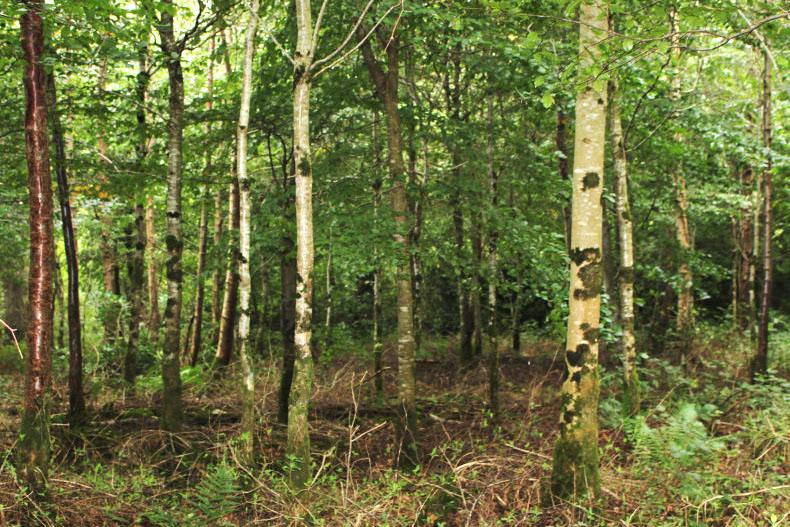Figures released by Minister for Agriculture Michael Creed this week show that the share of broadleaf species in new Irish forestry continued to fall in recent years. From 21.90% in 2014, the share of these species dropped to 19.54% in 2016. Meanwhile, the area of new conifer plantings increased by over 400ha between those two years.
Minister Creed was answering a parliamentary question from Galway west independent TD Noel Grealish, who pointed out that the EU imposes a 30% minimum broadleaf planting requirement under state aid rules authorising Government support to forestry.
Rule change
The Forest Service last month increased the minimum share of broadleaves in any new plantation from 10% to 15% in an effort to bridge the gap.
Conifers grow faster than broadleaf species, but their dominance has environmental implications and has been mentioned by residents opposing forestry expansion in Co Leitrim at recent public meetings. "Sitka spruce is just tall green desert," said Mary Rooney of the INHFA last month.
In an interview with the Irish Farmers Journal, Green Belt chief executive John O'Reilly said that while Ireland complied with the 30% broadleaf requirement around five years ago, most of this was achieved through planting ash. However, dieback caused by the chalara fungus caused the species to be removed from the approved list in 2012.
"All ash came out of the nurseries and it takes three years to replace," O'Reilly said, adding that it was not yet clear if an ideal solution had been found for the long term. "We're still in this recovery phase."
Read more
Afforestation at 23-year low
Figures released by Minister for Agriculture Michael Creed this week show that the share of broadleaf species in new Irish forestry continued to fall in recent years. From 21.90% in 2014, the share of these species dropped to 19.54% in 2016. Meanwhile, the area of new conifer plantings increased by over 400ha between those two years.
Minister Creed was answering a parliamentary question from Galway west independent TD Noel Grealish, who pointed out that the EU imposes a 30% minimum broadleaf planting requirement under state aid rules authorising Government support to forestry.
Rule change
The Forest Service last month increased the minimum share of broadleaves in any new plantation from 10% to 15% in an effort to bridge the gap.
Conifers grow faster than broadleaf species, but their dominance has environmental implications and has been mentioned by residents opposing forestry expansion in Co Leitrim at recent public meetings. "Sitka spruce is just tall green desert," said Mary Rooney of the INHFA last month.
In an interview with the Irish Farmers Journal, Green Belt chief executive John O'Reilly said that while Ireland complied with the 30% broadleaf requirement around five years ago, most of this was achieved through planting ash. However, dieback caused by the chalara fungus caused the species to be removed from the approved list in 2012.
"All ash came out of the nurseries and it takes three years to replace," O'Reilly said, adding that it was not yet clear if an ideal solution had been found for the long term. "We're still in this recovery phase."
Read more
Afforestation at 23-year low






 This is a subscriber-only article
This is a subscriber-only article









SHARING OPTIONS: